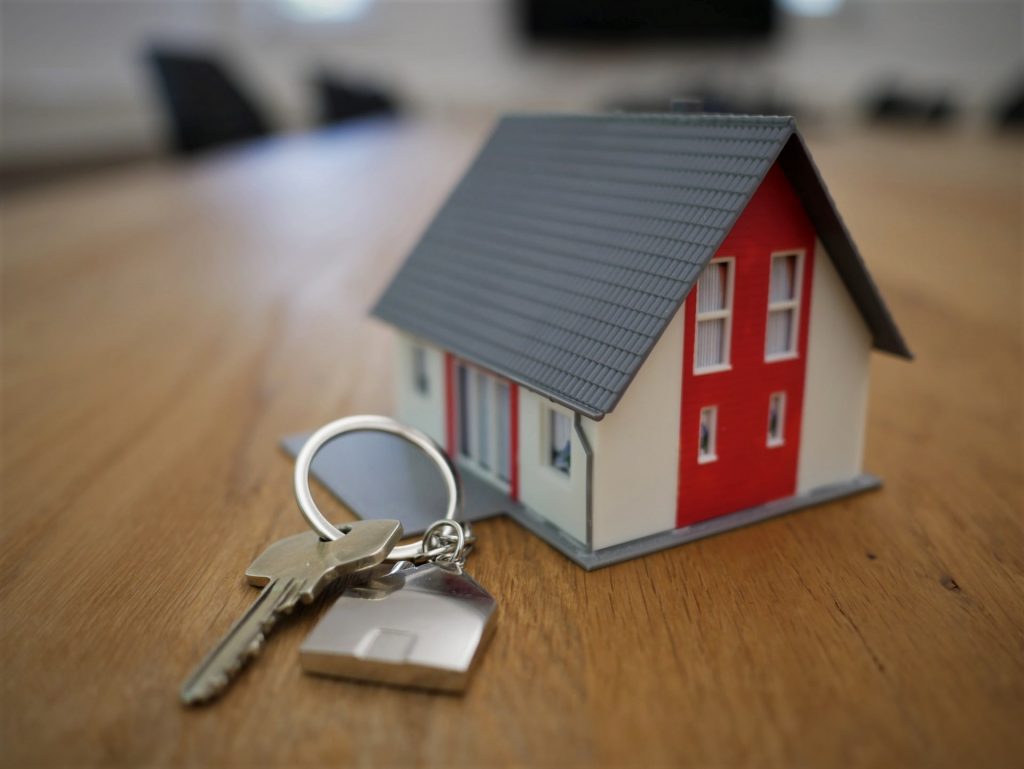 It’s no secret that there’s a housing shortage, and that it’s been this way for a while now. But what may be news is that the U.S. is in the midst of a housing crisis unlike anything that’s been seen before.
It’s no secret that there’s a housing shortage, and that it’s been this way for a while now. But what may be news is that the U.S. is in the midst of a housing crisis unlike anything that’s been seen before.
According to a report by NPR, many construction workers who have traditionally built homes are being heavily hammered by delays in shipping.
Even something as simple as a door in its frame can take upwards of six months, said construction worker Emerson Claus. And if you’re hoping to get ahold of a shiny new appliance, say a dishwasher, you could be looking at wait times of over a year.
According to Freddie Mac, a mortgage servicer, the States are well over three million homes short of demand – and this isn’t a new problem. As far back as 2018, the housing shortage was hovering around 2.5 million units short. The pandemic has only exacerbated that.
Supply lines are shriveling, the housing market is seeing tens of thousands added to the cost of a typical home, and it’s looking as though it can all be traced back to the infamous housing bubble collapse of 2008.
Claus told NPR that it was a “bloodbath,” reminiscing that a large portion of the workforce was retrained or found other work to make ends meet.
But as Americans began to purchase homes again over the following years, the building of new homes stayed below normal, and that shortage of new homes is starting to catch up to us.
Builders just couldn’t, or wouldn’t, build enough homes for demands, and that lack of supply has pushed the cost of a home up a frightening 20% in the past year alone.
And when the pandemic hit, it really only did more harm to the market. Builders couldn’t build, so they found new work – after all, the bills didn’t stop, so they couldn’t either.
“If I had twice as many guys, I would still not have enough,” Claus told NPR, mentioning that he has a lowly five employees. “And my subcontractors, they’re all hurting for people.”
Once the cost of new land is added into the equation, things aren’t exactly looking up. Claus is looking to build more townhouses and smaller homes on small patches of land – as that’s what new homeowners generally want – but restrictive zoning rules prevent land from being parceled up.
This results, more often than not, in overbidding to acquire land that could fit five homes on it, only to see one to two homes put in that same space.
Robert Dietz, the chief economist with the National Association of Home Builders claimed that overly restrictive zoning is generally the largest national problem, saying, “In certain neighborhoods, you simply cannot build townhouses.”
Dietz continued, “You have to build single-family units on lots that are bigger than the market wants. This is not a free market choice. It’s a government-imposed rule.”
Additionally, the NIMBY (“Not in My Back Yard”) opposition prevents higher-density units from being built. Current homeowners don’t want more traffic, they don’t want more homes, and they generally keep what Dietz called outdated, exclusionary zoning rules in place to prevent it from happening.
This leaves builders like Claus relegated to doing renovations or teardowns, in which they rip down an older home and build a larger, more expensive one in its place.
But changes in zoning laws could make a dent in this issue. Some states and towns have begun to allow in-law rental apartments to be built into existing homes. These are called accessory dwelling units, or ADUs.
Dietz claims, however, that this simply isn’t enough. We need more homes, period.
“That could be a townhouse,” he said. “It could be a single family detached home on a small lot that’s roughly 1,800 to 2,100 square feet, that’s appropriate for effectively a newly married couple that’s moving out of their first apartment and is getting into their first rung of homeownership.”
But as of this moment, Claus simply can’t do that – all due to restrictive zoning laws. So he’s left putting newer, more expensive homes on properties that really don’t need it, rather than building homes in places that don’t already have them. After all, the bills don’t stop.
By: Ethan Hauck
Do you have a story for The Advocate? Email editor@corvallisadvocate.com



